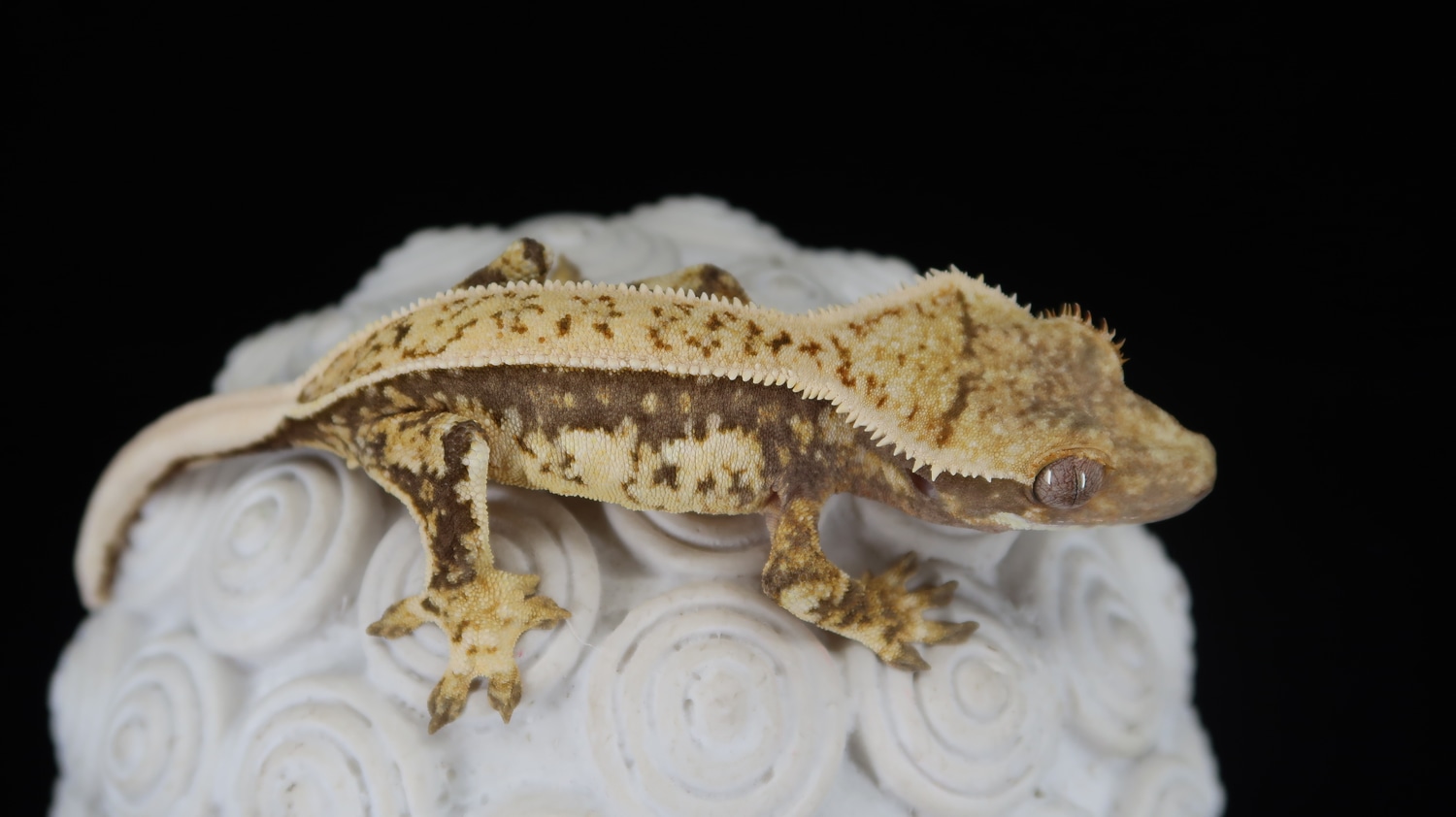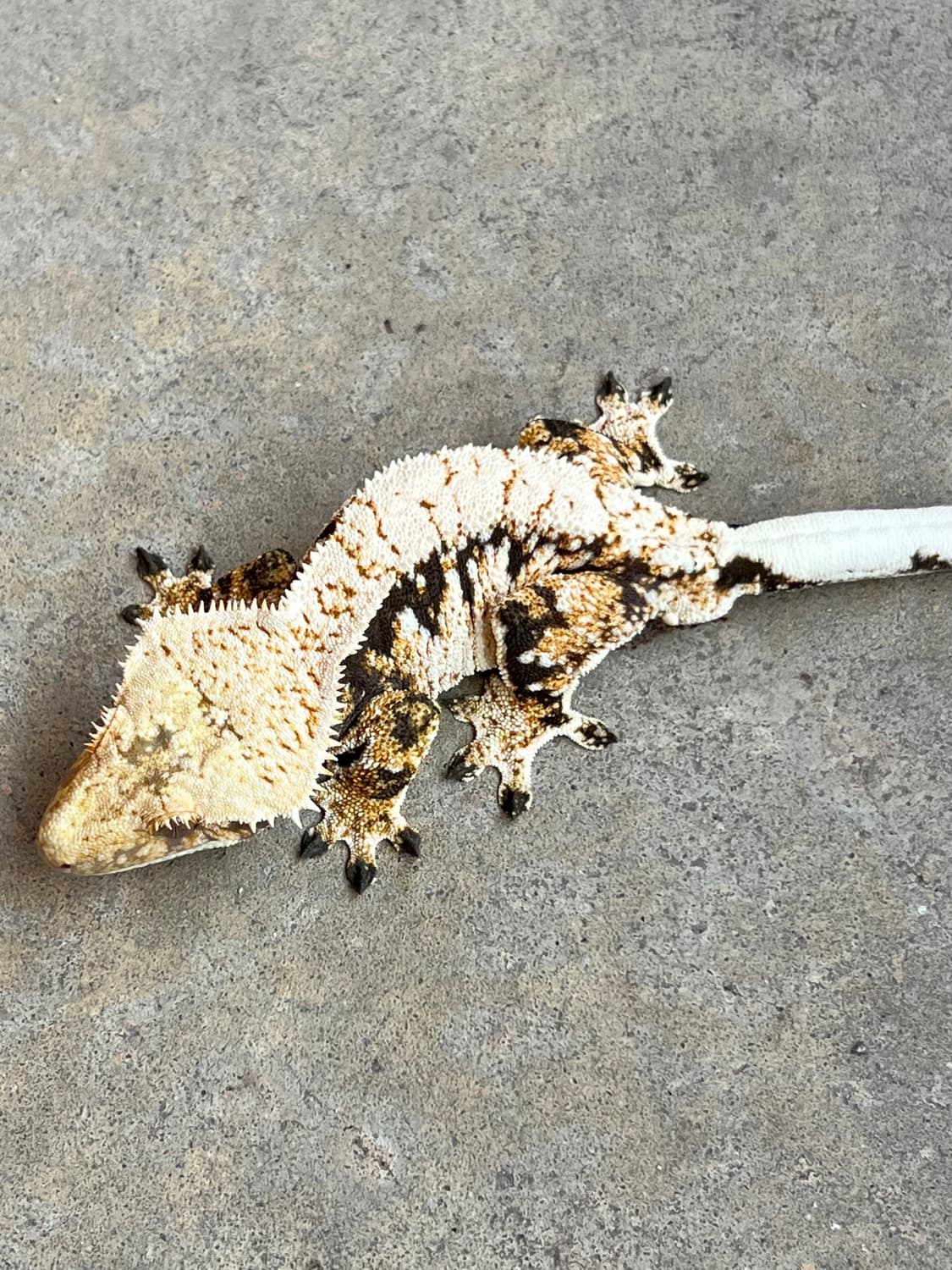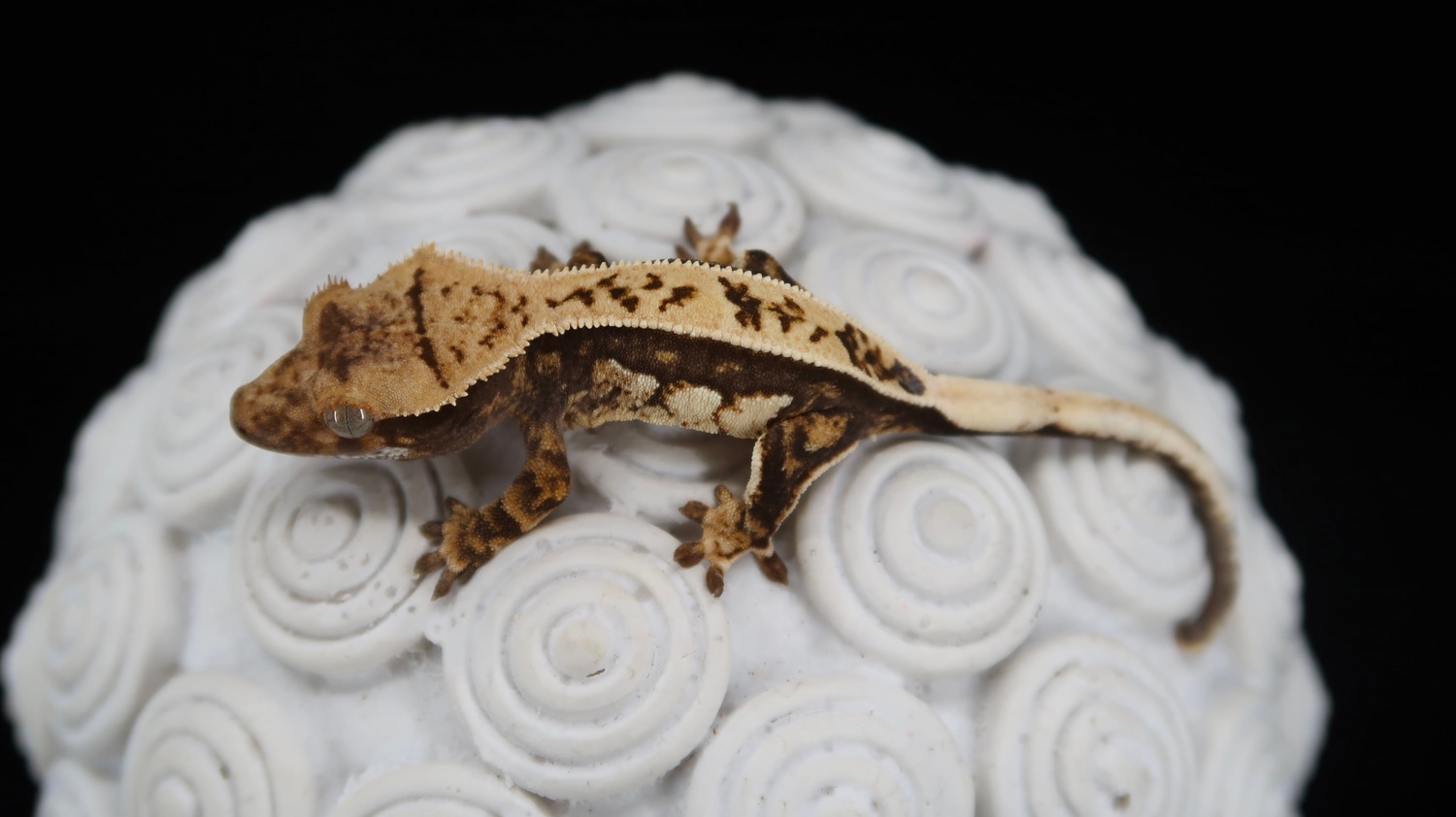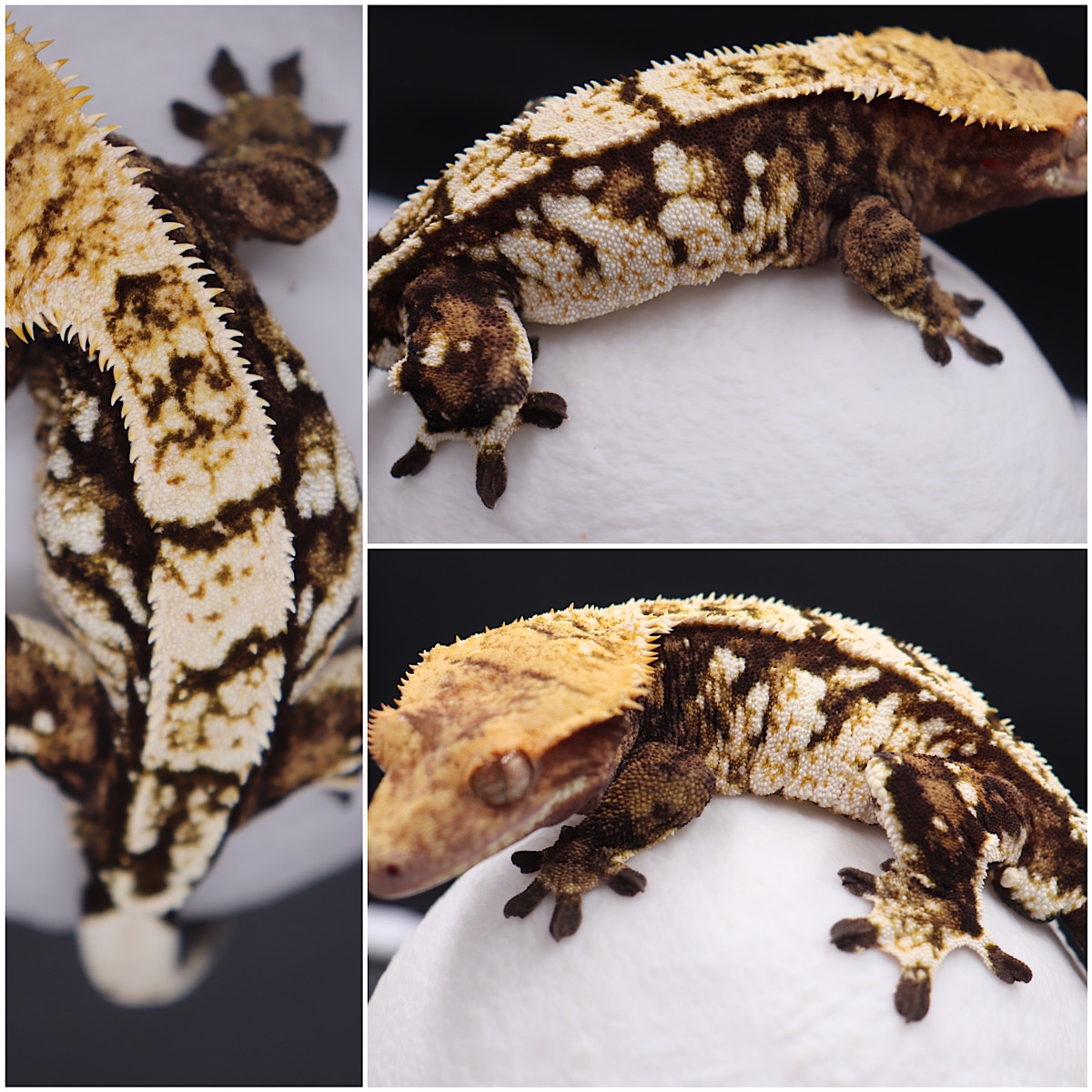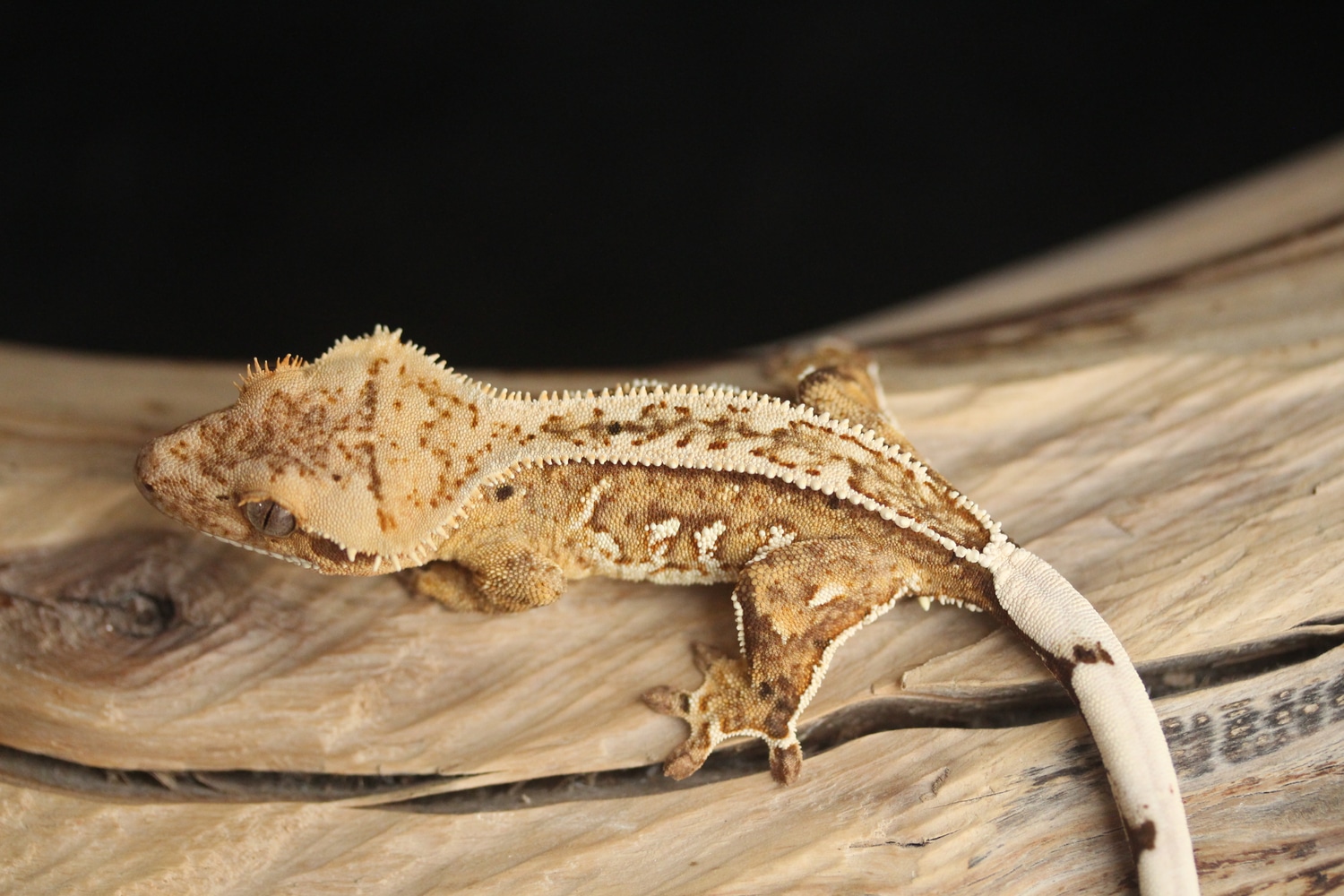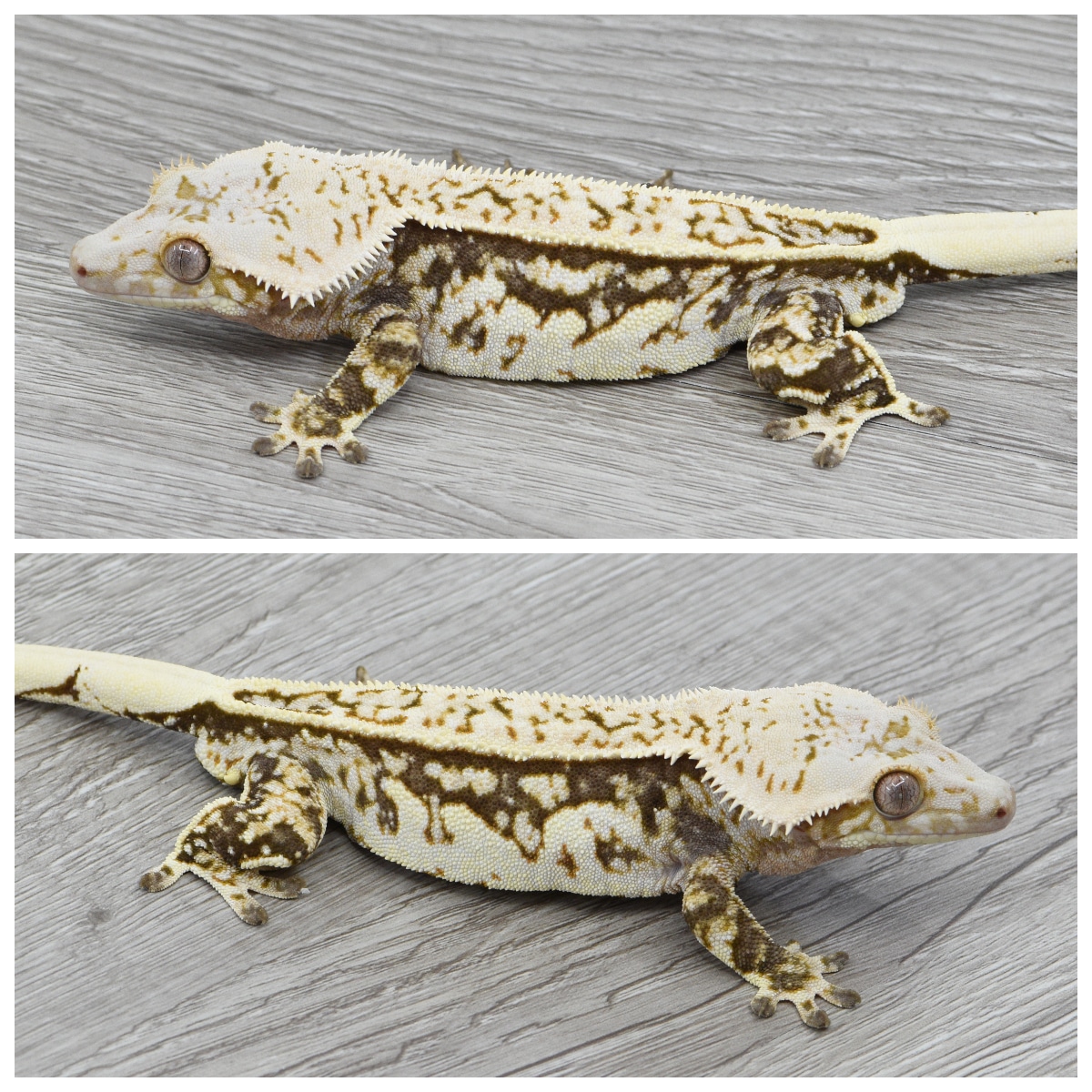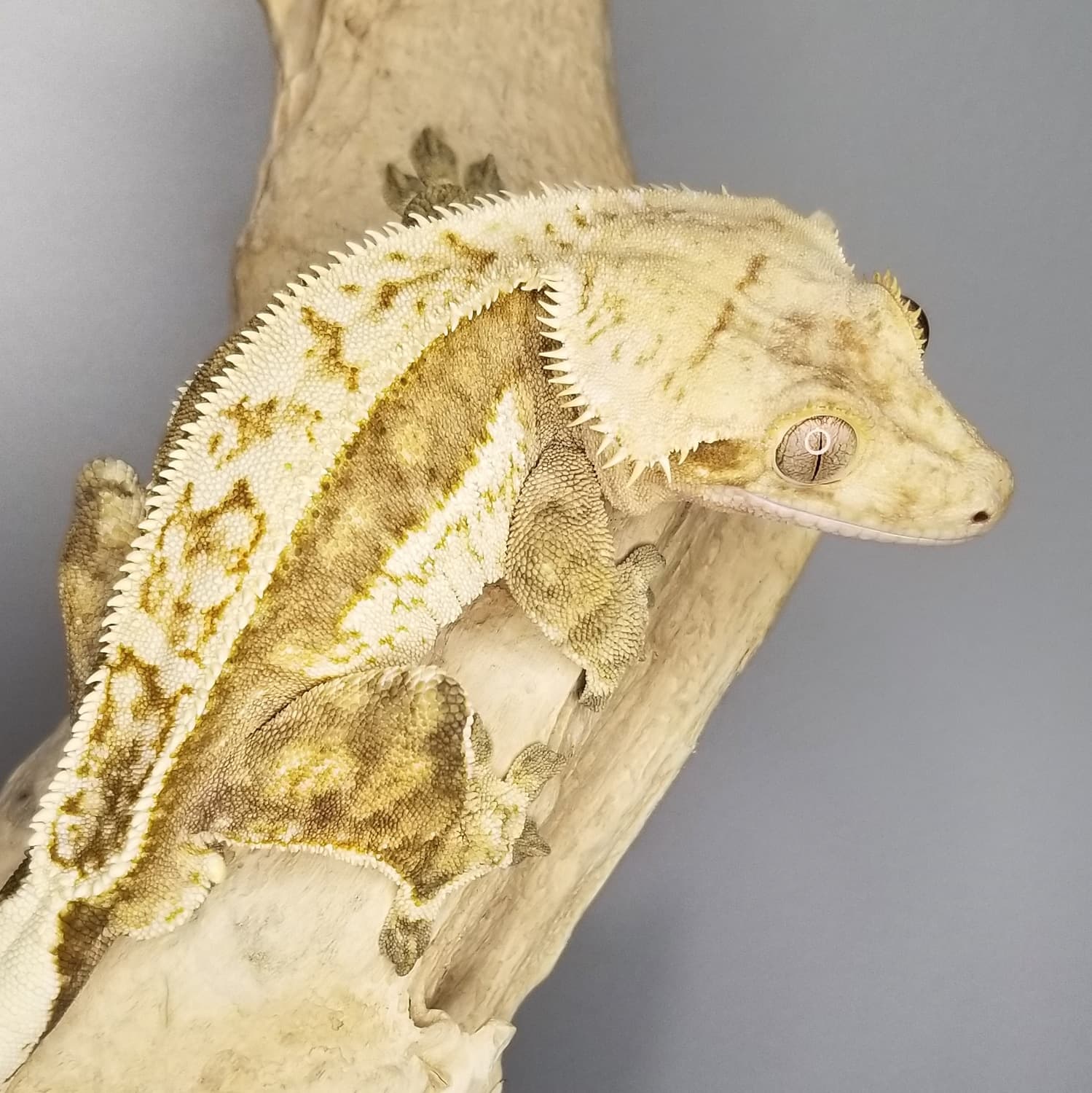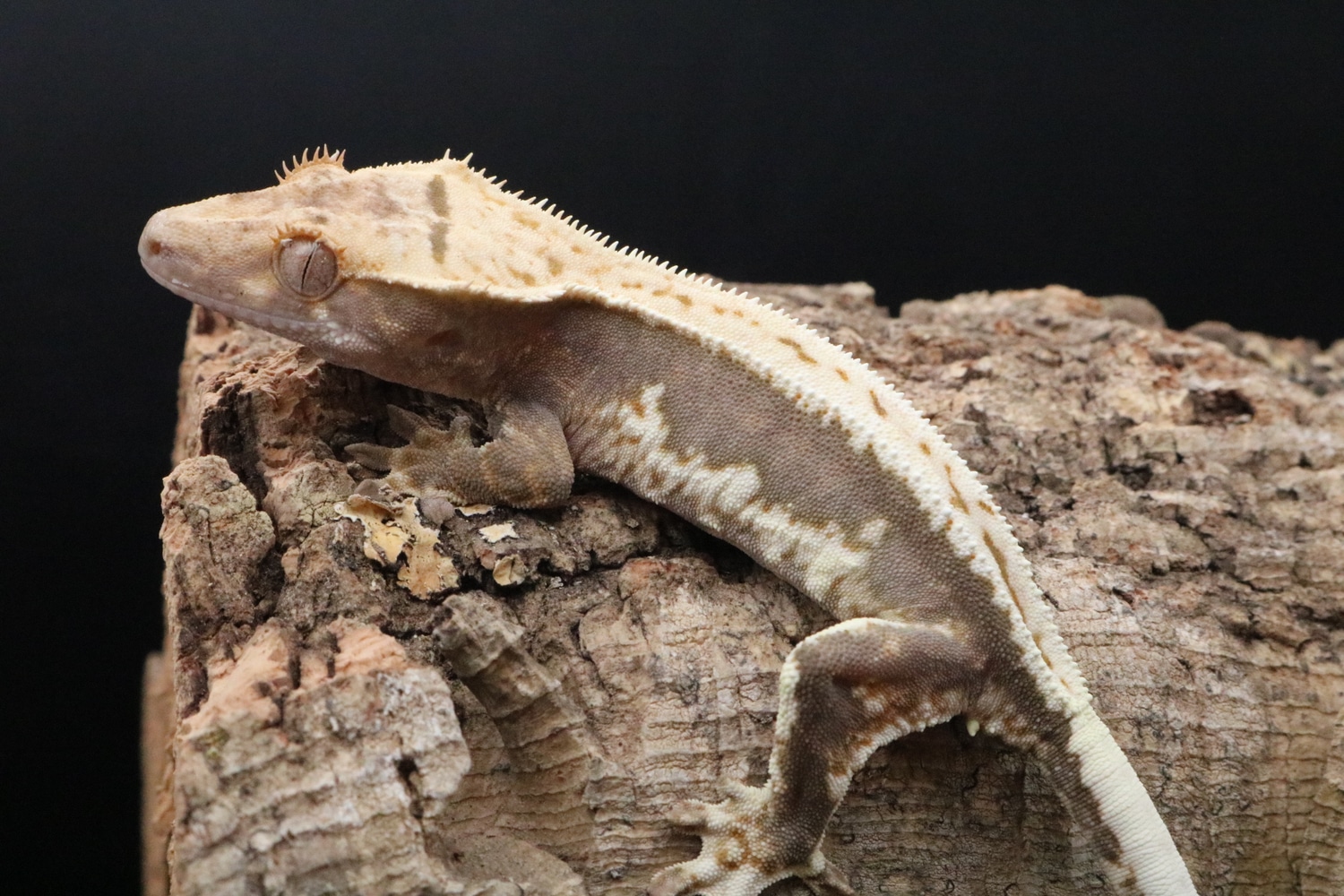White Patterning
Type: Dominant
Aliases: Genotype WP
First Produced In: Unknown
Availability: Common
Last Updated: 2023-04-23
Do you have any suggestions or corrections for this article?
Click here to contribute feedback
About
Pattern coloration comes in two distinct forms white pattern (WP) and orange pattern (OP). All other color variations are due to expression, selective breeding, and the effects of other traits that contribute to that coloration. White pattern presents between cream to paper white, with cream color being the most common by far. While orange pattern displays between deep reddish-orange to yellow, light orange being the most common. When combined both colors display at the same time, while other traits like whiteout and or whitewall (the more extreme form) causes the additional white pattern to present.
History
No history yet
Appearance
Body
WP cream is the most common and is the absence of melanin, it is not the addition of white color, as pattern develops and grows the animal is losing melanin in those areas. This is because reptiles don’t produce a white color, it is just the absence of all melanin. The yellowing of the white pattern making it cream comes from the xanthophores producing yellow pigment. Hypo causes a further reduction in yellowing and is mostly responsible for producing the pure paper white that is so highly sought after.
Proven Lines
No known proven lines
Related Traits
Genetically these two forms do not breed allelically but rather non-allelic and can be pushed in separate directions, either exclusively, or together with varying expressions of each. Additional traits contribute to the hue of each and affect development and how long that color lasts through adulthood and into old age. Within a generation or two offspring can be bred more orange or more white to completely orange or completely white with subsequent generations, starting from either of the two colors and using the paired animal with one or the other color.
